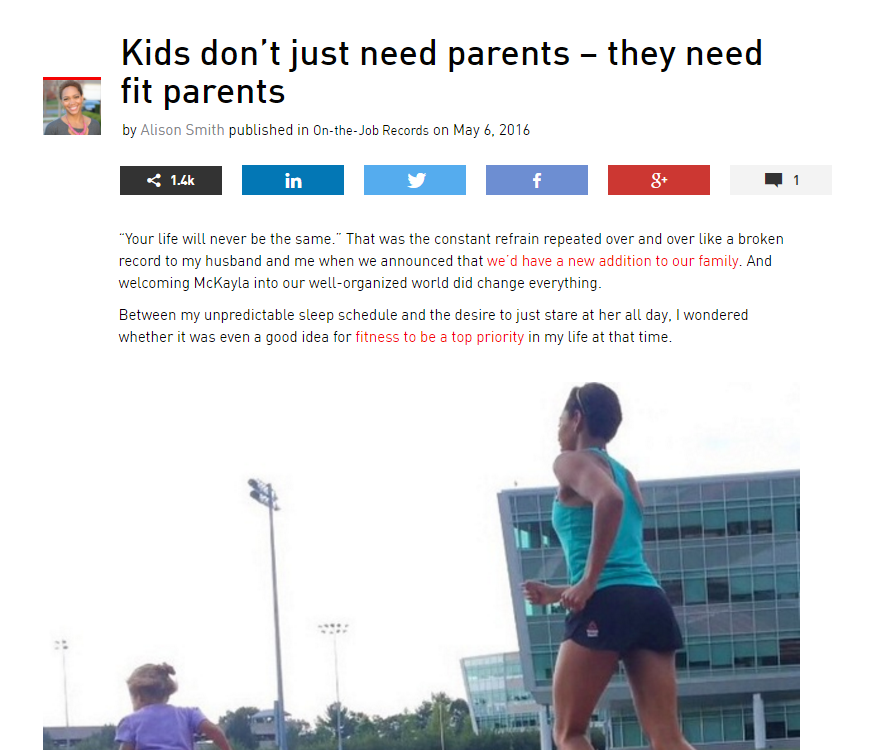If you’ve heard it once, you’ve probably heard it a thousand times: content is king. And unless you’ve been living under a rock, you would also understand the important role content marketing plays in driving leads and delivering results.
Traditional marketing is falling out of favour with many consumers, and content marketing fills the gaps with regular creations and distribution of quality information relevant to your target audience – drawing them in and ultimately turning prospects into customers.
Sounds great doesn’t it?
But the only problem is that content marketing requires a full strategy, time and dedicated resources. This means that at least one or two team members should be dedicated to executing your content strategy, which can be tough, particularly if you don’t have the knowledge or manpower. If you don’t have the time, your next bet is to hire an agency to assist you. Agencies are generally made up of skilled professionals, meaning you can utilise many different talents and levels of expertise to help you drive your marketing strategy forward.
But with so many agencies out there, how do you pick the right one?
Here are some tips to consider when choosing a content marketing agency:
1. Define your purpose
This may seem like a no-brainer question, but so many brands out there get caught up in creating content just for the sake of it. When planning your strategy, really think about your key goals, and what you want to achieve. Do you want traffic? Increased conversions and leads? Or perhaps building brand reputation and awareness?
Your goals will determine your agency evaluation criteria. For example, if you’d like to to develop a strong content strategy, you might focus more on the team’s knowledge of your industry and knack for strategic and analytical thinking. But if you just want to outsource the content creating process, you would more likely look at hard skills such as subject matter expertise and video or photo editing skills. Most brands might not require the full breadth of an agency’s content marketing skills, so tailor your search accordingly.
2. Measure success
Ultimately, what you want out of your chosen agency is measurable results – to determine your ROI. So find out how they measure success and what content management tools and data sets they use. Getting to know and understand their processes should give you more confidence to select the right agency for you.
3. Do the groundwork
Being a content marketing agency without a blog and social media accounts is akin to a pilot without a license: unqualified for the job. Don’t take what they say at face value, do the necessary legwork to validate their claims. Check out the quality of articles on their blog, who writes it, and how they’ve been growing over time. Their abilities should shine through at this point, and if you remain unimpressed, move on to the next agency.
4. Get to know the team
Ensure the people working on your account are knowledgeable and skilled. It’s not uncommon for top-level executives to pitch for your account, and then pass it over to other members in the agency – but it’s also your job to get to know who will eventually be on your team. Clarify these details, find out their track record, and if possible, meet and get to know them. They are the ones who will pluck out everything amazing in your company, and turn it into fantastic content that’s worth sharing.
5. Test the relationships
A good relationship is crucial, so make sure to pick a team that you’re completely comfortable and confident in. Besides having faith in the agency’s abilities, you should also feel assured that they will not hesitate to tell you if your ideas might not work, and recommend other strategies that are in line with your goals. Having a good working relationship also helps when you have to coordinate between your in-house team and the agency. The agency should be working as an extension of your company, and should help make this process seamless.
6. Don’t forget culture and values
While it’s important to assess an agency’s skill set and competency, cultural fit is also an important factor to take into account. Besides allowing for a smoother partnership, a good culture also determines the type of team you get. People are an agency’s number one asset, which means success comes from the right people with the right skills, doing the best for their client. It’s essential for the agency to have clear values in place, because those values shape the culture that attracts and retains top talent. Without an amazing culture, an agency will be subject to high turnover, which may affect your account.
And there you have it, 6 things to help you choose a content marketing agency. It’s not an exhaustive list, but it should help you get started and point you in the right direction.
Drop us a note if you’re in the market for a creative content marketing agency. Reach us at [email protected].








